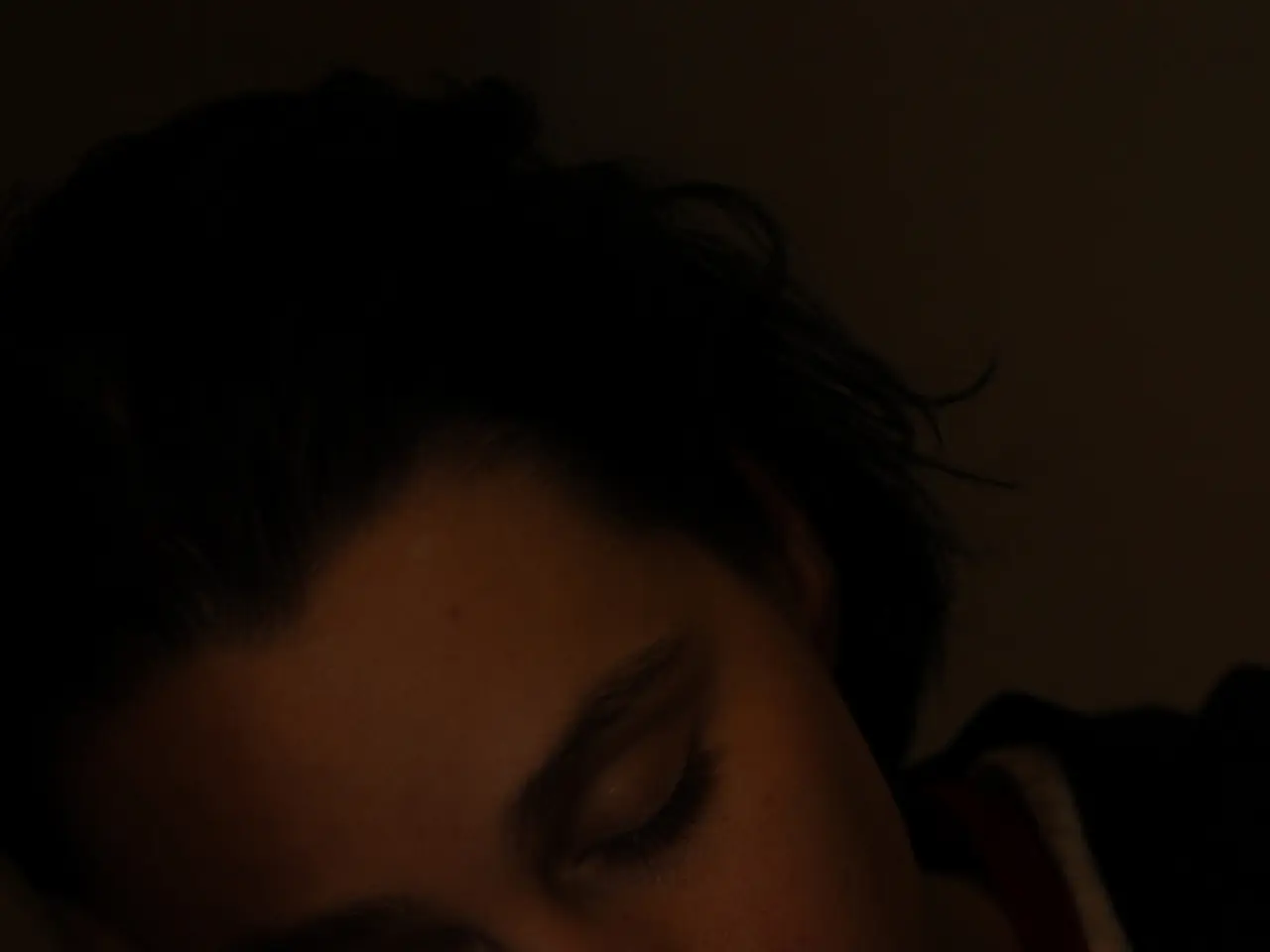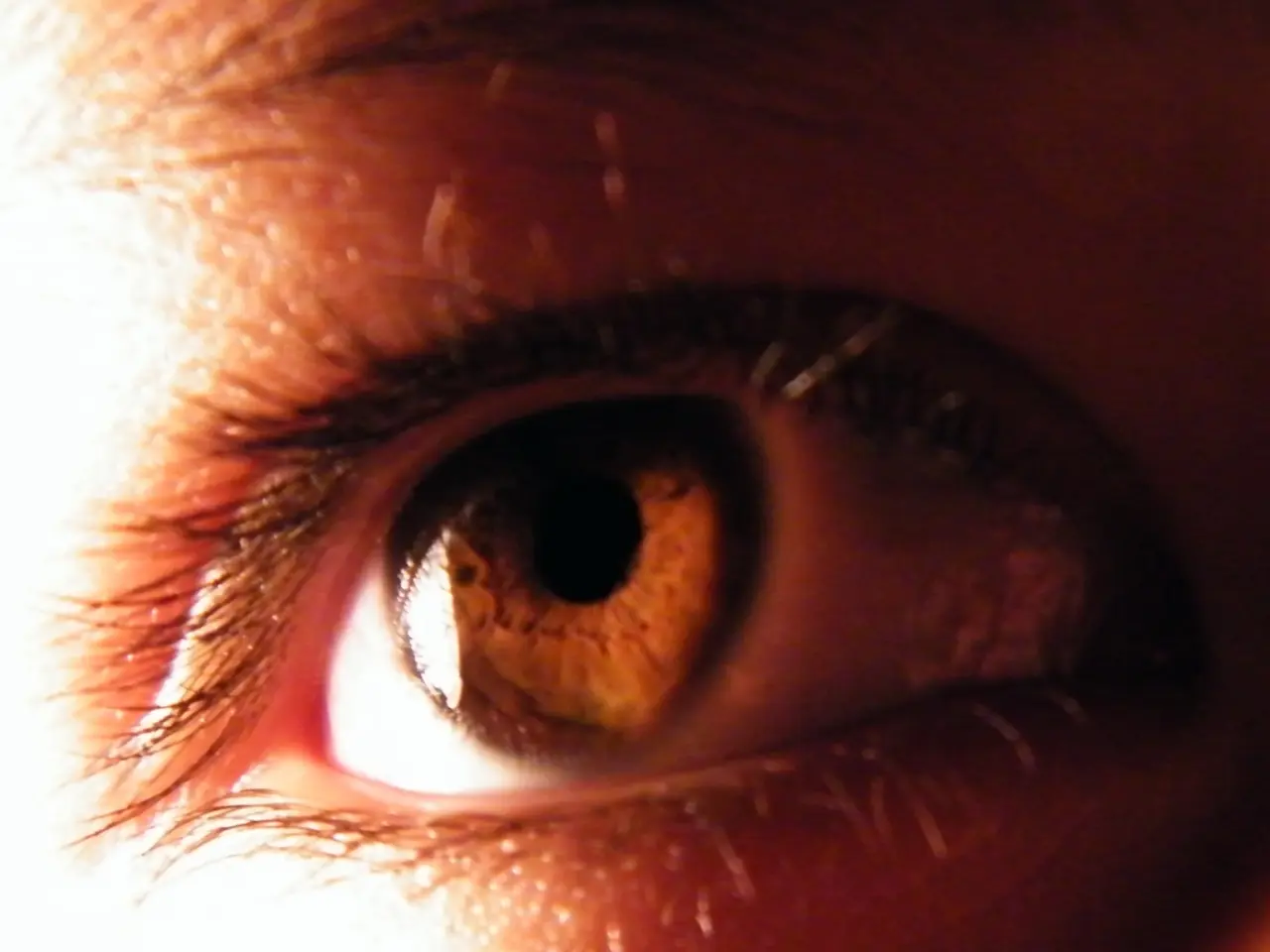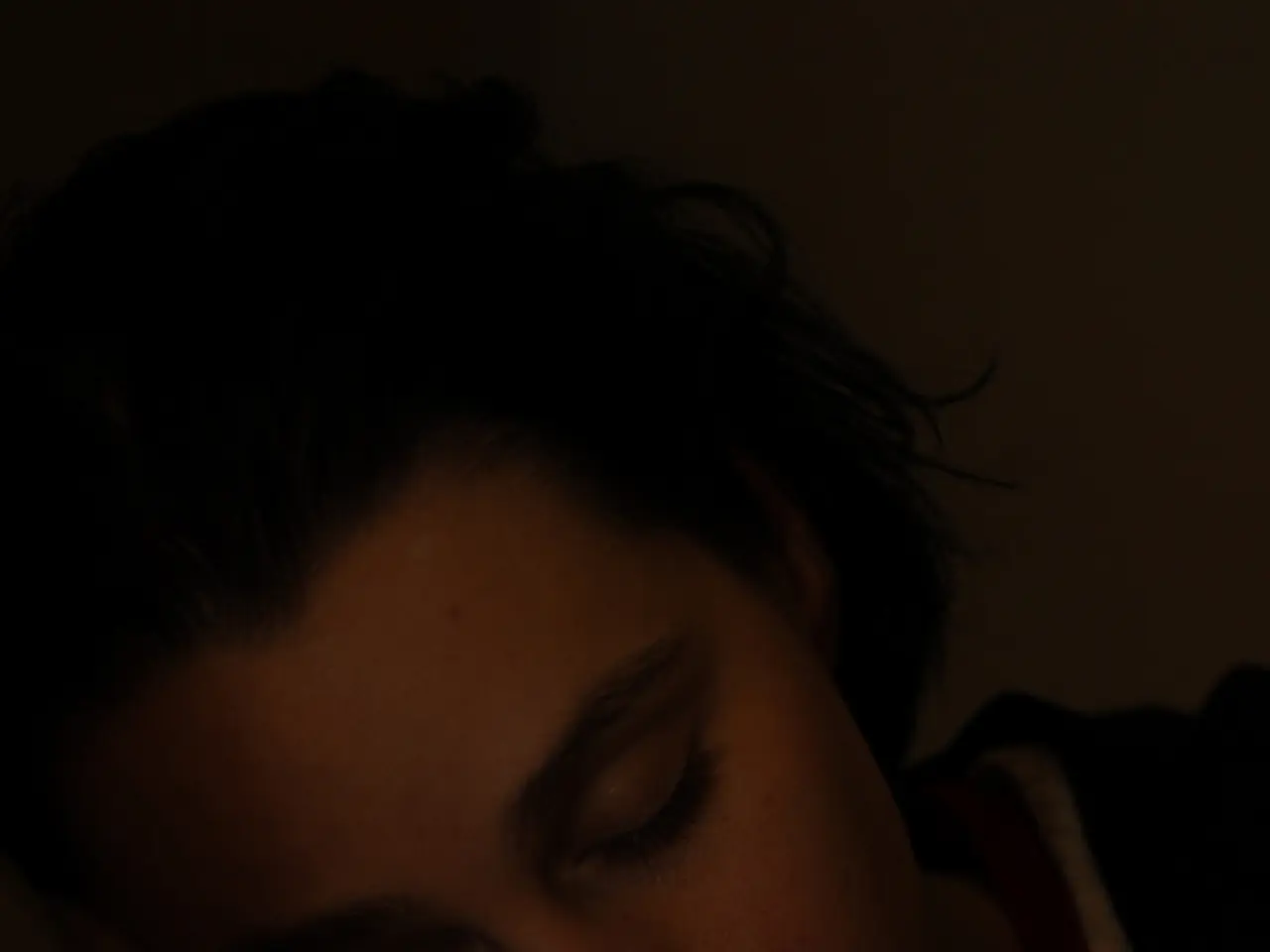Eye-to-eye communication yields surprising results, research confirms
New Research Sheds Light on Human Communication Through Gaze Interpretation
Recent research lends support to the long-held assumption that people can discern intent in each other's gazes, offering insights into nonverbal communication. In a study published in Communications Psychology, McGill University researchers investigated the distinction between intentional and unintentional eye movements and how people's brains process these subtle cues.
Led by psychology professor Jelena Ristic, the research team concentrated on understanding the brain's response to intentional versus unintentional eye movements. Participants were asked to watch recordings of individuals moving their eyes, either intentionally or in response to prompts. Observers were then asked to predict the direction of each gaze. Results showed that participants made predictions faster when the glances were intentional, demonstrating that people process intentional and unintentional gazes differently.
Unexpectedly, the follow-up experiments revealed that intention did not significantly impact gaze tracking. This suggests that separate processes in the brain might identify the intentionality of a glance and formulate a response. It is also possible that information about the intention of a gaze is gathered later in the interaction, after the viewer has adequately observed the glance.
To further delve into these subtle movements, the researchers analyzed the video recordings and found that there was more motion around the eye area before someone intentionally shifted their gaze. These tiny movements may have served as indicators of intention.
In the next stage of the research, the team plans to employ more precise eye-tracking techniques. They will also create videos asking participants to move their eyes with specific intentions, such as helping or deceiving someone, to determine whether viewers can pinpoint the specific intent behind a gaze.
Future studies will focus on individuals with conditions such as autism spectrum disorder and attention-deficit/hyperactivity disorder, who may struggle to notice and interpret social cues. Researchers aim to investigate the specific point in processing where these individuals diverge from neurotypical people, shedding light on difficulties in social communication often seen in these conditions.
References
[1] The overall findings and implications of the research were drawn from an analysis of the research study. The specific cognitive or neural differences in individuals with autism are still under investigation.
The research highlights the importance of intentional gazes in brain processing, revealing that people make predictions faster when gazes are intentional compared to unintentional ones. This study could potentially be extended to investigate mental-health conditions like autism, as they often involve difficulties in interpreting social cues, shedding light on the science behind health-and-wellness and mental-health.







